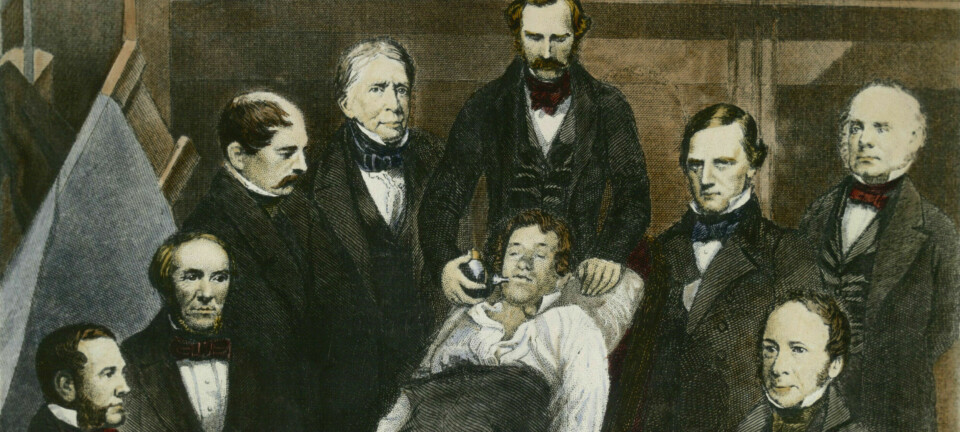
One in ten Norwegians has undergone cosmetic surgery – doubling in 16 years
10 per cent of participants in a Norwegian study report having altered their appearance with surgery, a significant increase since 2008. Many struggle with chronic pain afterwards.
“Cosmetic surgery has become more accepted and more common as a way to handle dissatisfaction with body and appearance. The number of beauty clinics is increasing remarkably, also in Norway, but we lack long-term data on patient outcomes following surgery,” Silje Endresen Reme tells NTB.
She is a professor and specialist in psychology at the University of Oslo.
Reme has led the first study that examines the use of cosmetic surgery in Norway and how patients have fared afterward.
10 per cent of 1,746 participants reported having undergone one or more types of cosmetic surgery. In the previous report, from 2008, the proportion was 5 per cent. In 2008, it was not investigated how many suffered chronic pain after the operation.
The 2022 survey indicates that women constituted three-quarters of the respondents who had surgery. Among all those operated on, one in eight reports that they have experienced chronic postsurgical pain: Persistent or recurring pain related to the operation, and which has been present for more than three months.
Three out of four who experienced chronic pain report that they have sought treatment for the pain.
The painful pursuit of beauty
The survey was conducted by Ipsos among a representative sample of the population in Norway in 2022 and recently published in the Scandinavian Journal of Pain.
Young people aged 18–29 are overrepresented, both in terms of how many are operated on and, not least, how many struggle afterward. While nearly 13 per cent of adults in general experience chronic pain after cosmetic procedures, 67 per cent in the youngest age group report the same. Reme says the analysis has taken uncertainty around self-reporting into account.
“These are probably conservative figures. It’s quite possible that this is an underestimation of the situation and that the level of chronic postsurgical pain is even higher,” says Reme.
She is concerned about the development.
“We simply don’t know how all the patients are doing. The authorities have no overview,” she says.
The trend is global. Cosmetic surgery is becoming increasingly common, but there is a lack of knowledge about the risk and occurrence of complications after cosmetic procedures.
Can cost society dearly
The aim of cosmetic surgery is to improve outward appearance. Therefore, most such operations will fall outside the primary and specialist healthcare services, performed privately, and the customers must pay themselves.
Reme warns that the procedures can still backfire on society and the healthcare system. Chronic pain is the most common reason in the world for people being disabled for large parts of their lives, according to researchers at the University of Oslo.
Those who experience postsurgical pain often need follow-up from public health systems and can experience reduced quality of life. Loss of labour and expenses for treatment are just some of the consequences.
“With the tremendous increase we are seeing in the number of cosmetic procedures, and the risk of chronic pain afterward, the government should get involved. They should create a registry to follow up on the patients over time, to see how they are doing,” says Reme.
Reference:
Engel et al.: Cosmetic surgery and associated chronic postsurgical pain: A cross-sectional study from Norway. Scandinavian Journal of Pain, 2024.
———
Translated by Alette Bjordal Gjellesvik
Read the Norwegian version of this article on forskning.no





































